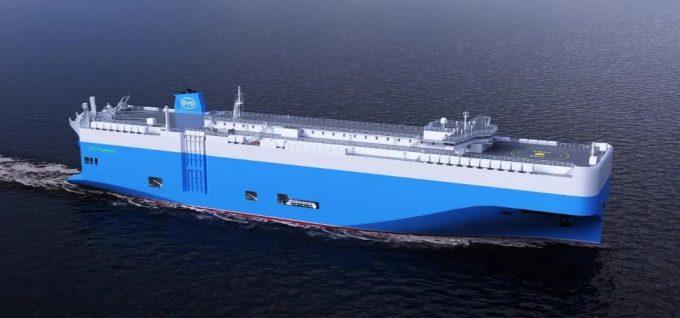Chinese car exporters turn to containers to plug car-carrier capacity gap
Insufficient pure car and truck carrier (PCTC) space is driving some Chinese car-makers to use ...

The shortage of pure car and truck carriers (PCTCs) is set to become more acute as China stays on course to surpass Japan as the world’s largest car exporter.
China Association of Automobile Manufacturers statistics suggest China exported 3.1 million cars last year, up 54% year ...

Comment on this article